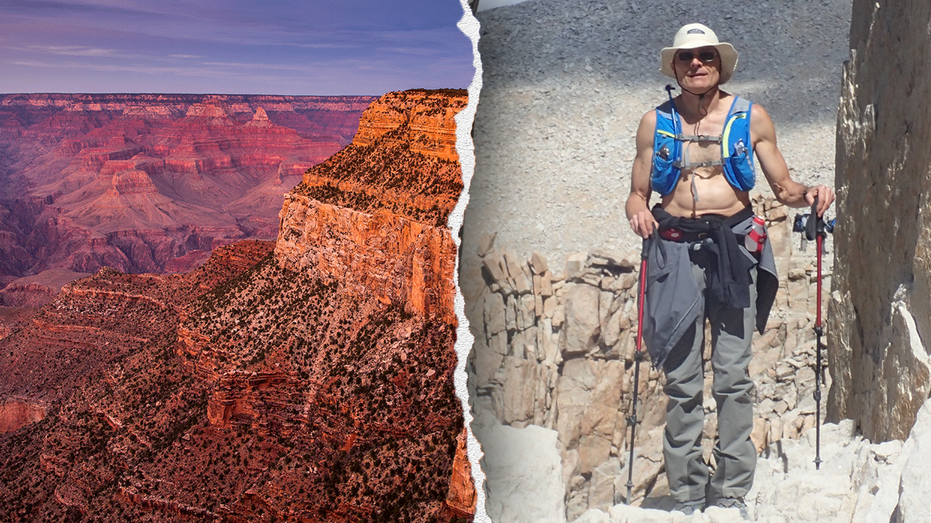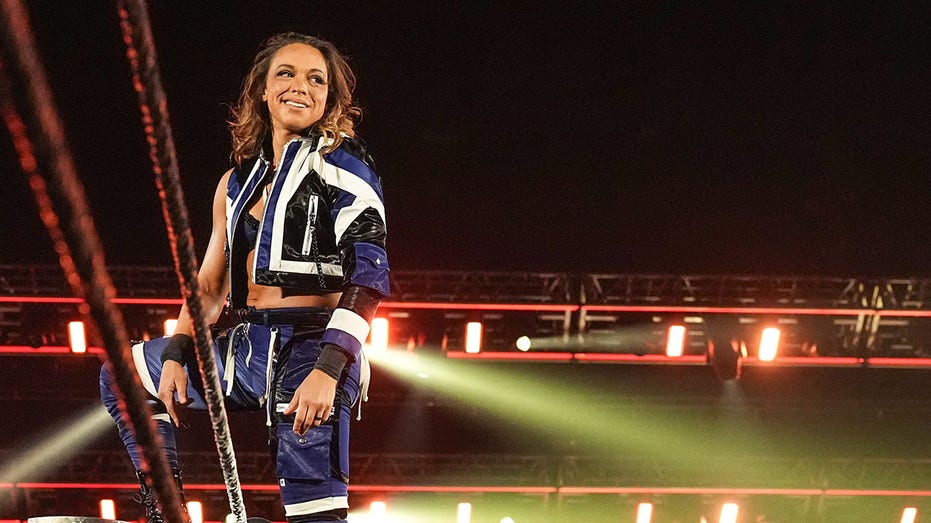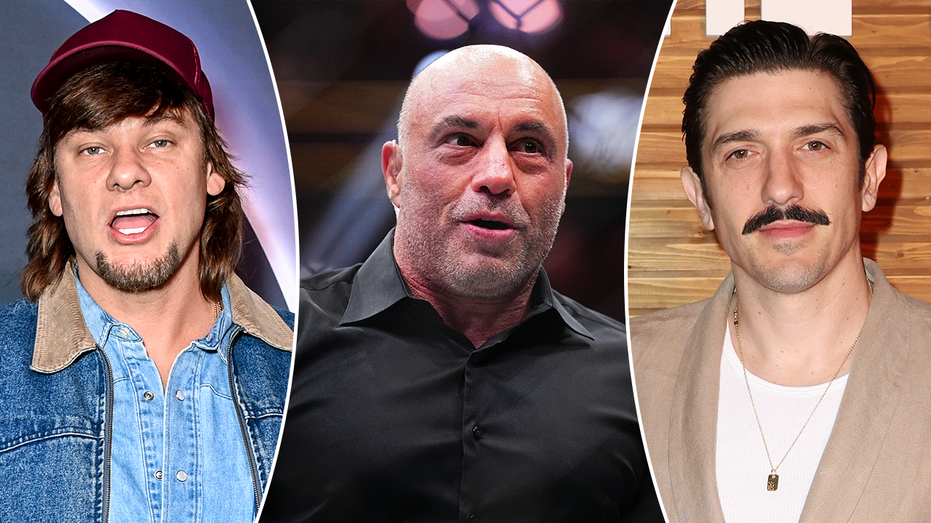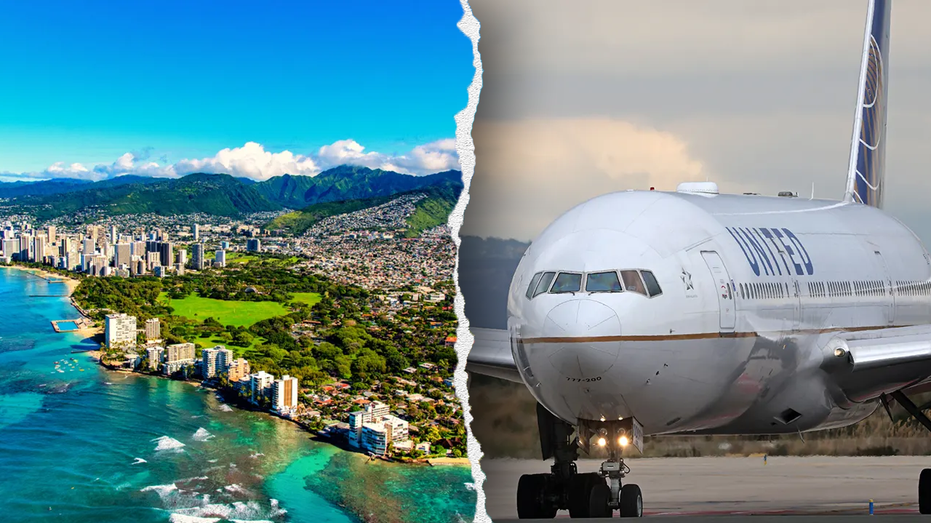- by foxnews
- 23 May 2025
Ron DeSantis in Guantánamo: how questions about his past haunt the Florida governor
Ron DeSantis in Guantánamo: how questions about his past haunt the Florida governor
- by theguardian
- 29 Apr 2023
- in news
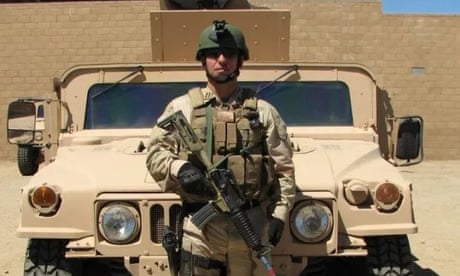
Two inmates, Ali Abdullah Ahmed and Mani Shaman al-Utaybi, had been brought in dead. A third, Yasser Talal al-Zahrani, had been rushed to the hospital on the US naval base but was declared dead there soon afterwards. The three men were found hanging from their necks, with their hands and feet bound and rags in their throats.
It was the worst loss of life in the prison camp's history - in the midst of a turbulent year in which there were hunger strikes and riots as well as the three deaths - and officers around the base were roused from their sleep and rushed to Camp Delta, the main internment centre.
R Adm Harry Harris arrived, the base commander who would go on to command the Pacific fleet, accompanied by Col Michael Bumgarner, the head of the overall prison complex. At some point, witnesses say, a more junior officer turned up, a 27-year-old navy lawyer, or judge advocate general (JAG), Lt Ron DeSantis.
It is unclear when exactly DeSantis became involved in the investigation. Some of the witness statements mention an unnamed JAG at the scene in the early hours of 10 June. McCarthy did not respond to a request for comment but confirmed to the Washington Post he had ordered DeSantis to gather information.
"I cannot tell you specifically what [DeSantis] did," McCarthy told the Post, but said his subordinate was probably "involved in facilitating access to information, trying to make sure that privileged information did not get swept up. He would have been one of the folks that I dispatched to help facilitate the investigative effort."
Ahmed Abdel Aziz, a Mauritanian inmate at Camp Delta, said he had recognised DeSantis much later when he became famous as Florida governor.
"DeSantis and his group, the JAGs people were there. They were conducting the investigation," Aziz said. "They were coming the same day the people died. They came to the cells."
Before the investigation even began, Harris, who would also later serve as US ambassador to Seoul, declared the three prisoners had killed themselves, describing it as "an act of asymmetrical warfare waged against us". An official inquiry by the Navy Criminal Investigation Service (NCIS), who DeSantis had been detailed to support, concurred with Harris's verdict within 11 days, though its findings were only made public two years later, in a report that was rife with contradictions and literal holes, with multiple pages missing.
Anyone who was on the scene would have known there were serious questions about the official account. According to that narrative, the dead men bound their hands and feet, stuck cloth deep down their own throats, fashioned nooses from strips of material, climbed on their washbasins with the noose around their neck and stepped off.
They had only been in the same prison block, Alpha, for 72 hours, in separate cells with empty cells in between. Alpha block was for high-security prisoners who were forbidden to mingle or even talk to each other. Yet the three men were alleged to have conspired to kill themselves in exactly the same manner at exactly the same time.
By the time they were brought to the clinic, Ahmed and Utaybi's bodies already had advanced rigor mortis, setting the time of death to before 10.30pm. That meant that, according to the official version, they would have been hanging for more than two hours in cells with transparent wire mesh sides, in a block holding about 15 prisoners that was meant to be continually patrolled along a central walkway by a team of six guards.
Mark Denbeaux, a professor at Seton Hall law school, who led to forensic analyses of the three deaths, said it was hard to imagine that anyone with DeSantis's legal training would fail to spot the inconsistencies in the official version.
"Any JAG would want to know how guys would die while they're in a cell guarded by five guys, and how they could have been hanging long enough for rigor mortis and with a rag shoved down their throats," Denbeaux said.
The NCIS report said that the three men had blocked the view into their cells with blankets and mattresses and stuffed other fabric into their beds to make it look as if they were asleep. It was never explained where they would have all acquired so much material, which was severely restricted. A routine search of all the Alpha block cells by a guard shift a few hours earlier found no evidence of any such banned material. The official report said "apparent suicide notes" were found, but the documents were never submitted for fingerprint or handwriting analysis.
The NCIS investigators did not formally interview the senior medical officer on duty that night, nor did they talk to the soldiers from a military intelligence unit in the guard towers with a clear sight of the camp, and whose version of events was quite different from the NCIS account.
According to Joseph Hickman, who was sergeant of the guard that night, no one was taken from Alpha block to the medical clinic. However, hours earlier in the evening, a white prison van came three times, and each time navy guards took away a prisoner and drove towards a secret site that appeared on no maps, hidden from view and surrounded by razor wire. Hickman and his fellow soldiers referred to it as Camp No as in "No such camp". It was revealed much later to be a CIA black site, where inmates were subjected to "enhanced interrogation".
Hickman and his unit were under standing orders not to interfere with the van or to record its movements. The vehicle returned at 11.30pm but Hickman did not see who was in it, because it backed up to the medical clinic where it was unloaded. The soldiers saw no other activity until about 12.15am, when the camp lights were suddenly turned on and the alarm was sounded.
In 2009, two years after he left the army, Hickman approached Denbeaux and together they approached the justice department, then under Barack Obama's administration, and presented testimony of what he and eight other soldiers saw that night. Officials assured them the deaths would be investigated, but nearly a year of silence went by before Denbeaux got a call saying, without explanation, the investigation had been dropped.
"It was disappointing because the justice department just dropped it. The FBI didn't want to report it because it was dealing with a CIA black site," Hickman said. "I had waited for Bush to leave office and Obama to come in and I was so optimistic. They just let me down big time."
Frustrated, they went to the press. Hickman and three of his soldiers gave their accounts to Scott Horton, a human rights lawyer, who wrote an article for Harpers magazine in March 2010, casting doubt on whether the deaths were suicides. Hickman wrote a book in 2015 called Murder at Camp Delta.
He said he remembered DeSantis from his time at Camp Delta. "He was there quite a bit. I would see him jogging around. He was very athletic and very handsome and all the navy girls loved him."
"We needed top quality people down there," the former JAG recalled, adding that DeSantis was described to him by his superiors as a "sharp, good guy".
Nonetheless, the source confirmed: "He [DeSantis] was way down the food chain. He ain't making policy, he's making paper. And he was also a short timer. It was obvious from his trajectory that he had no career aspirations [in the JAG corps]."
A part of the Harpers investigation centered on the experience of a fourth detainee, the British resident Shaker Aamer, who knew the three men well. He claimed he was beaten for over two hours by several naval military police on the same night the three men died, alleging in a later legal complaint he was choked and his eyes gouged during the assault after failing to provide a retina scan and fingerprints to authorities.
"He was always vague about whether it was murder, or them being pressed into taking their own lives. From his view it was all the same. They were being treated so horribly."
Aziz, the Mauritanian inmate who was returned home in 2015 after 13 years without charge, said he had become familiar with DeSantis's face in the preceding few months, as a low-level JAG to whom detainees could bring their complaints.
"We said, hey man. We are suffering here. People are in a bad way and need medical help," Aziz recalled. "He was always smiling, saying OK, this is why we are here to make sure things are right. We will look into it."
However, after the 9 June deaths, DeSantis's demeanour towards the inmates changed markedly, Aziz said. "When things became so bad, after the death of the three detainees, he became silent and not a sympathetic face any more.
The three dead detainees were not seen as high value prisoners and had been handed over to the US by other forces who claimed they were al-Qaida. None was ever charged. Zahrani was just 17 when he was captured and 22 when he died. He and 30-year-old Utaybi were Saudis. Ahmed, aged 37, was Yemeni. What they had in common was their involvement in a mass hunger strike, which was why they had been put in Alpha block.
They were among the last holdouts of the protest against detention without trial and the poor conditions that had begun the previous year. It was largely quashed through force feeding where inmates were strapped to a chair and a nutritional drink, Ensure, was pumped through tubes inserted in their noses.
"You can breathe but you can't move. They brought piles of Ensure and started pouring them into our stomachs, one can after another. And I was screaming, shouting, yelling, crying, and I was shitting myself."
Adayfi claims DeSantis was among a group of officers observing.
"There was a colonel and DeSantis. They were looking at each other and were just smiling," Aziz claims. At one point, he said DeSantis bent over him to encourage him to stop his strike and to start eating, at which point, Aziz threw up over him.
"That's BS," DeSantis said on Thursday, when asked about the allegations. "Do you honestly believe that's credible? So this is 2006. I'm a junior officer. Do you honestly think that they would have remembered me from Adam? Of course not. They're just trying to get into the news because they know people like you will consume it because it fits your pre-ordained narrative."
Stating his job had been to offer legal advice he told the station: "Everything at that time was legal in nature, one way or another. So the commander wants to know, how do I combat this? So one of the jobs of a legal adviser would be like: 'Hey, you actually can force feed, here's what you can do.'"
More recently, he has distanced himself from the use of force feeding, downplaying his role.
"I was a junior officer. I didn't have authority to authorise anything," he told the British journalist Piers Morgan last month. "There may have been a commander that would have done feeding if someone was going to die, but that was not something that I would have even had authority to do."
Asked for comment on force feeding and the investigation into the three deaths, a spokesman for the DeSantis's office said: "The governor's comments stand on their own."
Aziz said of DeSantis: "He was the wrong person, at the wrong place at the wrong time." He was just a lieutenant, carrying out instructions and mostly performing routine tasks rather than making decisions, but Aziz argued that his legal training, at Harvard and then at the US Navy JAG school, gave him a particular duty to speak out.
"If you are just a soldier you have less responsibility for what you are doing, but if you are in charge of legal things, then it's extremely bad," Aziz said. "He was coming on a regular basis. He was visiting the places where dark things, dirty things were perpetrated. He saw everything, and I guarantee you he never objected."
- by foxnews
- descember 09, 2016
United Airlines flight returns to Hawaii after concerning message found on bathroom mirror; FBI investigating
United Airlines Flight 1169 to Los Angeles returned to Hawaii after a "potential security concern" aboard the plane. The FBI and police are investigating.
read more